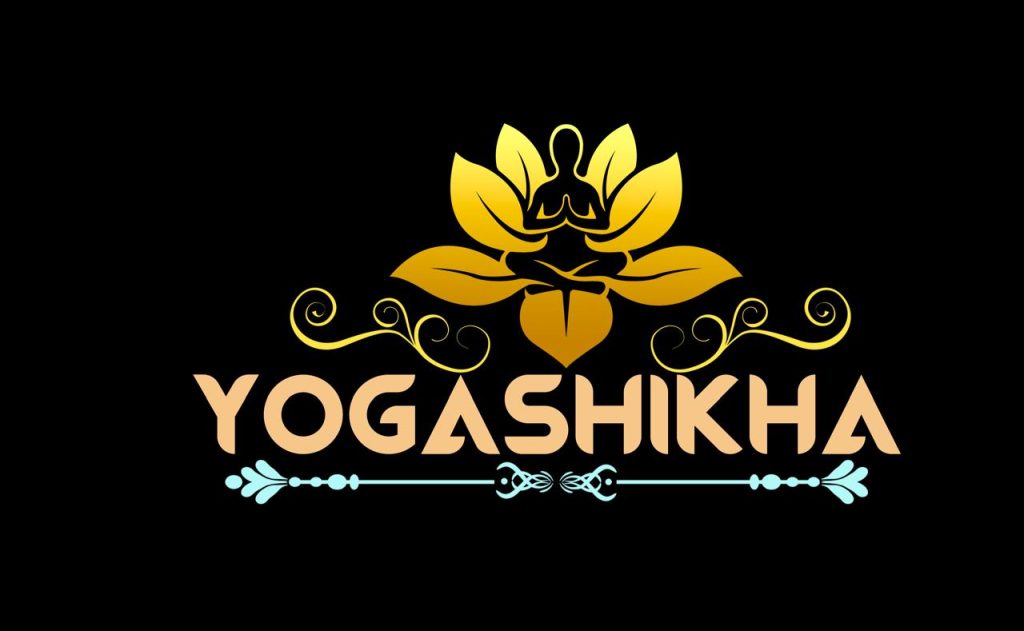

Hatha yoga is a branch of yoga that emphasizes physical postures (asanas), breathing techniques (pranayama), and sometimes meditation. It’s considered one of the foundational styles of yoga and often serves as a gentle introduction to the more physical aspects of the practice.
Here’s a quick breakdown of what Hatha yoga typically involves:
Asanas (Postures): These are physical positions designed to increase strength, flexibility, and balance. In Hatha classes, poses are usually held for a longer duration than in more dynamic styles like Vinyasa.
Pranayama (Breathwork): Controlled breathing exercises that help to regulate energy and focus the mind.
Meditation & Relaxation: Sessions may end with guided meditation or deep relaxation (like Savasana) to calm the mind and body.
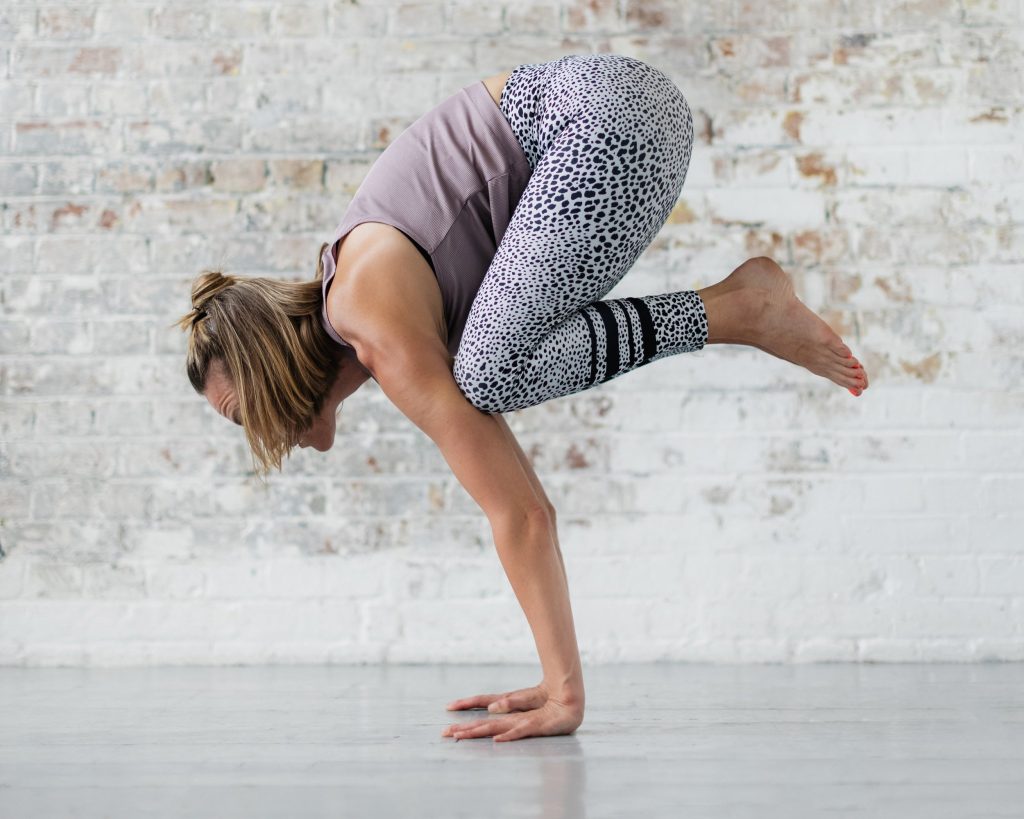
Ashtanga yoga is a dynamic and physically demanding style of yoga that follows a specific sequence of postures, linked together with breath and movement (called vinyasa). It was popularized by K. Pattabhi Jois in the 20th century and is rooted in ancient yoga teachings.
The term “Ashtanga” means “Eight Limbs” in Sanskrit:
It refers to the eightfold path of yoga outlined by Patanjali in the Yoga Sutras:
Yama – ethical restraints
Niyama – personal observances
Asana – physical postures
Pranayama – breath control
Pratyahara – withdrawal of the senses
Dharana – concentration
Dhyana – meditation

Vinyasa yoga is a flowing, dynamic style of yoga that links movement with breath. The word “Vinyasa” can be translated as “to place in a special way,” referring to the intentional sequencing of poses.
Key Features of Vinyasa Yoga:
Flow-based: Poses are connected seamlessly, often creating a dance-like rhythm.
Breath-synchronized movement: Each movement is tied to an inhale or exhale (for example, inhale into upward dog, exhale into downward dog).
No fixed sequence: Unlike Ashtanga, each Vinyasa class can be different, giving teachers creative freedom.
Builds heat and strength: Because of the continuous movement, it’s often more physically intense than Hatha yoga.
Mindfulness through motion: The breath and flow help cultivate a meditative state even in motion.
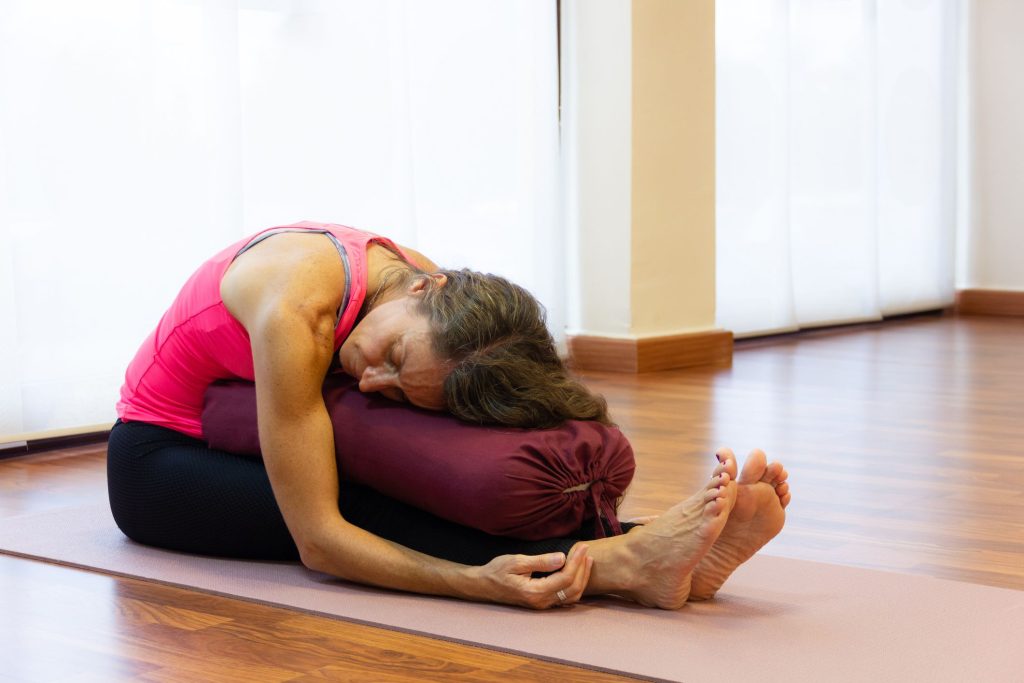
Yin yoga is a slow, meditative style of yoga that focuses on deep stretching and stillness, targeting the connective tissues—like ligaments, fascia, and joints—rather than just muscles.
Key Features of Yin Yoga:
Long-held poses: Poses are typically held for 3–5 minutes, sometimes even longer.
Passive postures: Most poses are done seated or lying down with the body relaxed and supported.
Focus on stillness and surrender: It’s about letting go, not pushing or engaging muscles.
Targets deep tissues: Especially helpful for improving joint mobility and flexibility in the hips, pelvis, spine, and lower back.
Mindfulness-based: Encourages turning inward, staying with discomfort, and observing the breath and body.
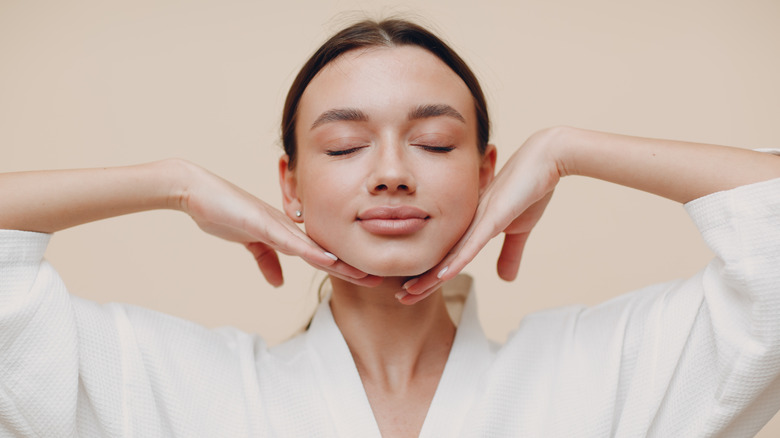
Face yoga is a natural practice that involves facial exercises, massage, acupressure, and relaxation techniques aimed at toning facial muscles, smoothing fine lines, and promoting circulation. Think of it as a workout + spa session for your face!
What Face Yoga Includes:
Facial exercises – To strengthen and tone the 40+ muscles in your face
Massage techniques – To stimulate blood flow and lymphatic drainage
Acupressure points – To relieve tension and promote energy flow
Relaxation – Reduces stress held in the jaw, forehead, and neck
Benefits of Face Yoga:
May reduce wrinkles and sagging
Improves circulation and glow
Helps with jaw tension, eye strain, and puffiness
Encourages mindfulness and self-care
May define features like the jawline and cheekbones over time
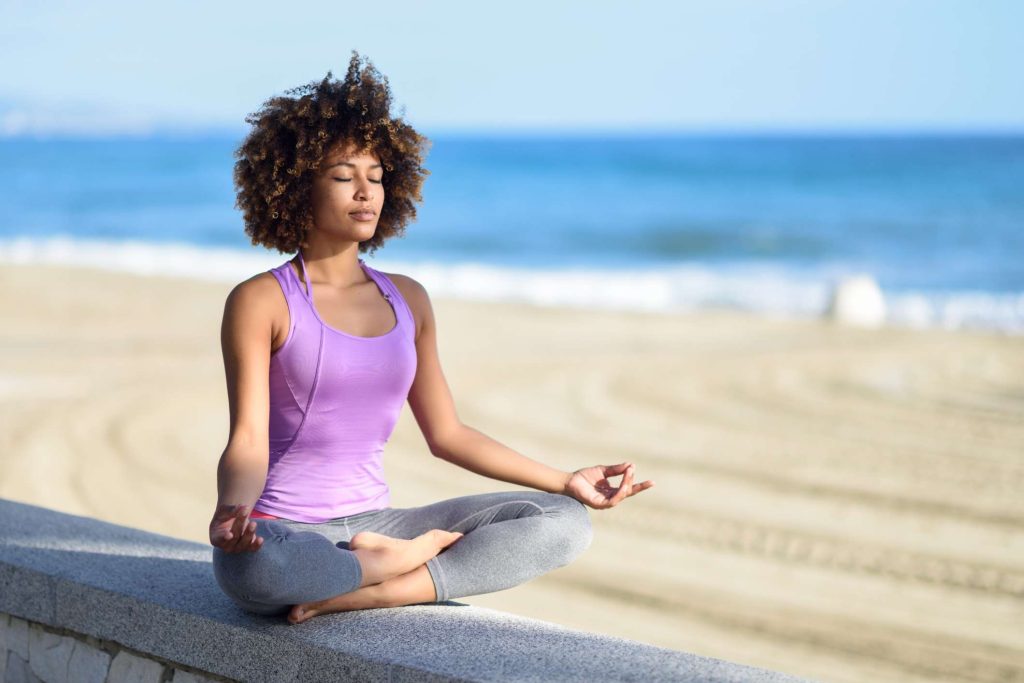
At its core, meditation is training your attention. Whether it’s your breath, a mantra, a candle flame, or even just the sounds around you, the goal is to keep bringing your mind back to the present moment. It’s not about “emptying your mind”—it’s about learning to relate to your thoughts differently.
Name: Mindful Breathing
Time: ~5 minutes
Sit comfortably, spine tall but relaxed.
Close your eyes gently or soften your gaze.
Take a few deep breaths in through the nose, out through the mouth.
Then just breathe naturally.
Bring your attention to the feeling of air entering and leaving your nose, or the rise and fall of your chest.
If your mind wanders (and it will!), gently return to the breath—like you’re lovingly guiding a puppy back to its bed.
End with a deep breath and a small smile.
That’s it. Simple. Powerful. No incense required.
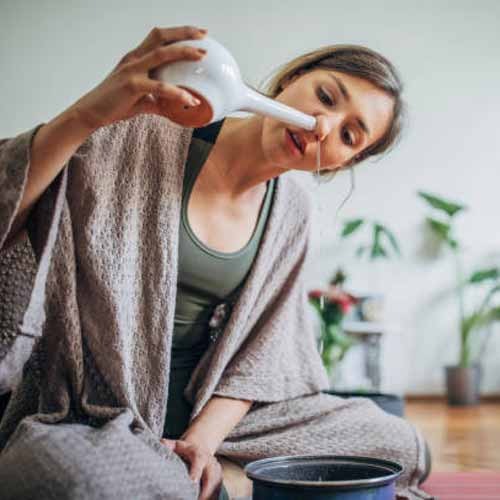
Shat Kriyas (also called Shatkarmas) are a set of six traditional yogic cleansing techniques from the Hatha Yoga tradition. The word “Shat” means six, and “Kriya” means action or practice. These are designed to purify the body and mind, preparing the practitioner for deeper yoga practices like pranayama and meditation.
The 6 Shat Kriyas:
Neti (Nasal Cleansing)
Jala Neti: Using warm saline water and a neti pot to cleanse the nasal passages.
Sutra Neti: Using a soft rubber string or thread to clear deeper nasal pathways.
Benefits: Clears sinuses, improves breathing, reduces allergies and headaches.
Dhauti (Cleansing of Digestive Tract)
Includes techniques like:
Vamana Dhauti (Kunjal Kriya): Drinking warm saline water and voluntarily vomiting it to cleanse the stomach.
Danta Dhauti: Cleaning the teeth, tongue, and throat.
Benefits: Aids digestion, detoxifies, helps with acidity and bloating.
Nauli (Abdominal Massage)
Involves churning the abdominal muscles in a wave-like motion.
Benefits: Stimulates digestive fire, massages internal organs, balances metabolism.
Basti (Yogic Enema)
Jala Basti: Drawing water into the colon via the rectum for cleansing.
Benefits: Cleans the intestines, helps with constipation, detoxifies the lower abdomen.
Kapalabhati (Shining Skull Breath)
A kriya and a pranayama—forceful exhalations through the nose with passive inhalations.
Benefits: Clears nasal passages, energizes the mind, purifies lungs and sinuses.
Trataka (Gazing Meditation)
Steady gazing at a single point (like a candle flame) without blinking.
Benefits: Improves concentration and eyesight, calms the mind, prepares for meditation.

Aromatherapy is the therapeutic use of essential oils extracted from plants to improve physical, emotional, and spiritual health. It’s been used for thousands of years in ancient cultures like Egypt, China, and India.
How Aromatherapy Works:
Essential oils are absorbed into the body via:
Inhalation – stimulates the olfactory system, which connects directly to the brain (especially the limbic system, which controls emotions, memory, and mood).
Topical Application – when diluted properly, they’re absorbed through the skin into the bloodstream.
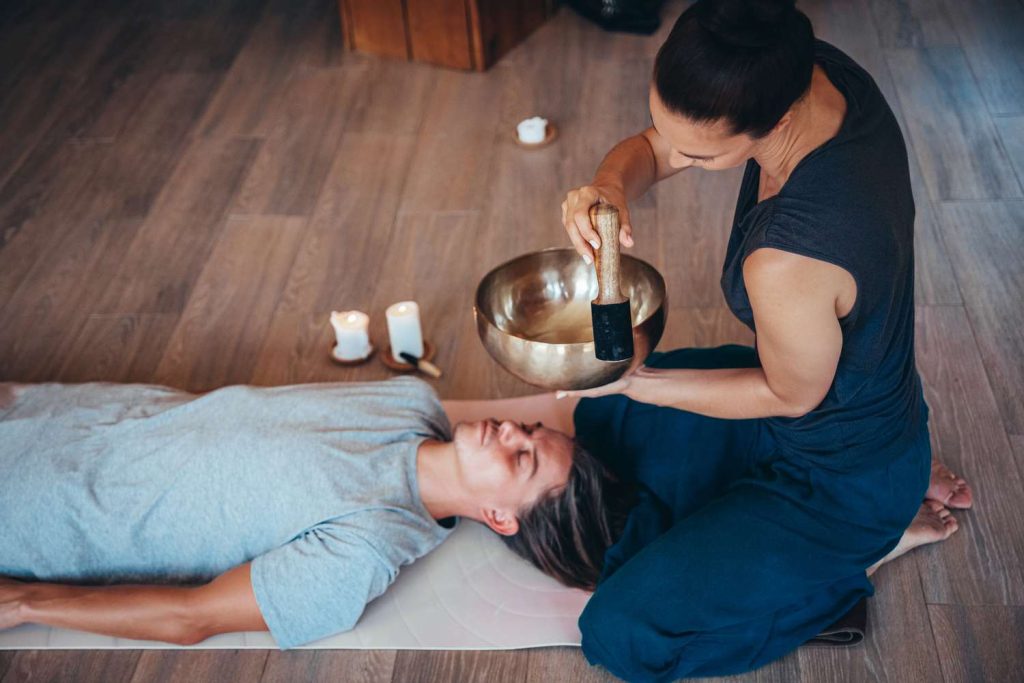
Sound healing is a therapeutic practice that uses sound frequencies to improve physical and emotional well-being. It’s based on the idea that different sound vibrations can influence the body’s energy fields and bring them into harmony. This practice is used for relaxation, stress reduction, emotional release, and sometimes to aid in physical healing.

Objectives:
USP:
Batch Timings:

Objective:
USP:

Objective:
USP:

Objective:
USP:

Objective:
Unique Selling Points (USP):
Program Details:
Key Features:

Objective:
Unique Selling Points (USP):
Program Details:
Key Features:
Enroll your child in the Kids Yog Program to help them build a foundation of physical health, emotional well-being, and joyful living.
Copyrights © 2025 Yogashikha | Designed & Developed By Zauca